Introduction
India, with its rich tapestry of age-old traditions, myriad cultures, and profound spiritual underpinnings, has perennially captivated the imagination of scholars, historians, and religious philosophers alike. At the heart of this enthralling complexity lies an enduring question: how does this land sustain a sense of unity while steeped in such vast diversity? This question, akin to the interwoven strands of a fabric where each thread maintains its unique identity, reverberates through the annals of history. Max Mueller's seminal work in deciphering the Aryan and Dravidian dichotomies has given us invaluable insights into the long-standing differences across multiple domains—race, ethnicity, religious beliefs, customs, and even languages—dating back to the pre-Vedic era.
Yet, amidst this intricate web of socio-cultural diversity, two iconic figures emerge not just as spiritual guides but also as architects of perpetual unity—Lord Krishna and Lord Rama. While they are revered for their divine roles and ethical teachings, what often gets overshadowed is their unparalleled contribution to knitting together the Indian subcontinent that feels organically whole, despite its regional and cultural disparities. In this succinct article, we have made a humble endeavour to shed light on this significant aspect.
The Aryan-Dravidian Synthesis
The historical Aryan migration had a transformative impact on the Indian civilisation, leading to the relocation of the Dravidians, often considered the landmass's indigenous inhabitants, to the southern regions. This migration was not a mere geographical shift but laid the foundation for nuanced distinctions in culture, religion, and social practices between the Aryans and Dravidians. Examples range from methods of disposing of the deceased—cremation among Aryans and burial among many Dravidians—to differing pantheons of gods and contrasting linguistic families.
Yet, this separation isn't confined to geographical or cultural parameters; it permeates philosophical perspectives as well. While Aryan cultures largely adopted Vedic traditions, evolving into mainstream Hinduism, the Dravidians maintained a rich mosaic of belief systems, some integrated into mainstream northern Hindu practices and others remaining distinct. This complex history enriches Indian identity, dispelling the notion of a singular, monolithic culture or religious tradition
Against this intricate tapestry of diversity, the roles played by Lord Krishna and Lord Rama in linking disparate regions of ancient India gain heightened significance—a facet frequently overlooked in contemporary narratives. Their legendary lives and deeds serve as unifying threads woven into the complex and rich fabric of Indian culture and spirituality. Therefore, their contributions become essential in any dialogue concerning the unity and integrity of India.
Bridging the Gap: Lord Krishna and the East-West Connection
The Harihara Yudh narrative serves as a compelling testament to how revered deities like Lord Krishna and Lord Shiva act as unifying forces in culturally and spiritually diverse India. Emerging from Banasura's misguided hubris and the romantic liaison between his daughter Usha and Aniruddha, Lord Krishna's grandson, this legendary episode sets the stage for a cosmic showdown between Lord Krishna (Hari) and Lord Shiva (Hara). Centred around modern-day Tezpur in Assam, the celestial conflict symbolises the restoration of Dharma, or cosmic order1.
Lord Krishna's journey back to his kingdom in Dwarka after marrying Rukmani in Arunachal Pradesh takes on additional layers of meaning in the context of the Harihara Yudh. This is not just a nuptial journey but a symbolic linkage of Gujarat in the west with Arunachal Pradesh in the northeast. Adding further texture to this narrative is the subsequent settlement of Krishna's entourage in the Himalayas, where they merged with local tribes such as the Negis in Himachal Pradesh.
The reception of Krishna and Rukmani by Lord Shiva and Parvati at Malinithan, on the northern bank of the mighty Brahmaputra in Arunachal Pradesh—a place also sacred to Tamil Brahmins—highlights the divine role in uniting India’s disparate regions. This is especially significant during a time when the divisions between Aryan and Dravidian cultures were quite pronounced.
The journey of Lord Krishna—from Mathura to Kurukshetra, then to Dwarka after the Mahabharata, and ultimately to the eastern reaches of Assam and back—serves as the cultural and spiritual strand that binds India. While the Mahabharata and the Harihara War serve as pivotal moments, it is the journey and the sanctified locations along the way that continue to resonate with Hindus of all backgrounds, encapsulating the enduring legacy of these divine narratives in uniting India, into one organic entity.
Lord Rama: The North-South Connector
Lord Rama's epic journey from Ayodhya in the Ganga plains to Sri Lanka in the south serves as another compelling narrative of India's unification through divine intervention. Starting from Ayodhya, Lord Rama's path took him to several significant locations. Chitrakoot, which straddles the border between Uttar Pradesh and Madhya Pradesh, is a crucial pilgrimage site where Lord Rama, along with Sita and Lakshman, spent 11 of their 14 years in exile.
Further, Panchvati, situated near today's Nashik, Maharashtra, was the forest abode for Lord Rama, Sita, and Lakshman during their period of exile. Named after its five Banyan trees ("Panch" meaning five and "Vat" meaning Banyan tree), it is close to this area that the demoness Shurpanakha encountered Lord Ram and Lakshman, setting off events that led to Sita's abduction by Ravana. Nashik continues to house landmarks like the Sita Gupha (cave), attracting pilgrims and tourists alike. Additionally, the account of the Bali-Sugriva duel that took place at Kishkindha, in modern-day Hampi, Karnataka, enriches this extensive narrative.
The narrative then continues to Sri Lanka, where Lord Rama constructed and crossed the Ram Setu to rescue Sita from Ashok Vatika, where she was held captive by Ravana. The awe-inspiring construction of the Ram Setu, remnants of which are still partly submerged in the sea separating modern-day Rameshwaram in Tamil Nadu and Sri Lanka, adds another layer to this extensive story. Modern research, inclusive of satellite imagery, lends strong credence to the notion that these semi-submerged structures are more likely man-made than the result of any natural phenomena.
The narrative further transcends Indian boundaries through Hanuman's monumental flight from the Himalayas to Lanka to fetch the "sanjeevani booti." This underscores that Lord Rama's divine mission extended well beyond the Indian subcontinent, reaching into the Himalayan territories of Nepal and Tibet. The odyssey culminated in Lord Rama's victorious return to Ayodhya, an occasion now commemorated as Diwali across the nation. Despite slight local variations and additions, Diwali has essentially become the national festival of modern India, serving to further unify its diverse cultural tapestry.
Furthermore, Lord Rama's enduring legacy extends well beyond his triumphant return to Ayodhya. His twin sons, Luv and Kush, received their upbringing and education from Maharishi Valmiki at his ashram, widely believed to be located at Ram Tirath near modern-day Amritsar. This site is now a beautifully conserved complex, maintained by an autonomous society under the Punjab Government. It is a place well worth visiting for any pilgrim or tourist in Amritsar.
The twins later went on to found the cities of Lahore and Kasur, which are now part of present-day Pakistan. This accomplishment epitomises the concept of “Akhand Bharat”—a vision of a unified subcontinent. Consequently, the saga of Lord Rama weaves together diverse regions, from the mountainous terrains of the north to the southern extremities of India, and even reaches into modern-day Pakistan, Sri Lanka, and Nepal
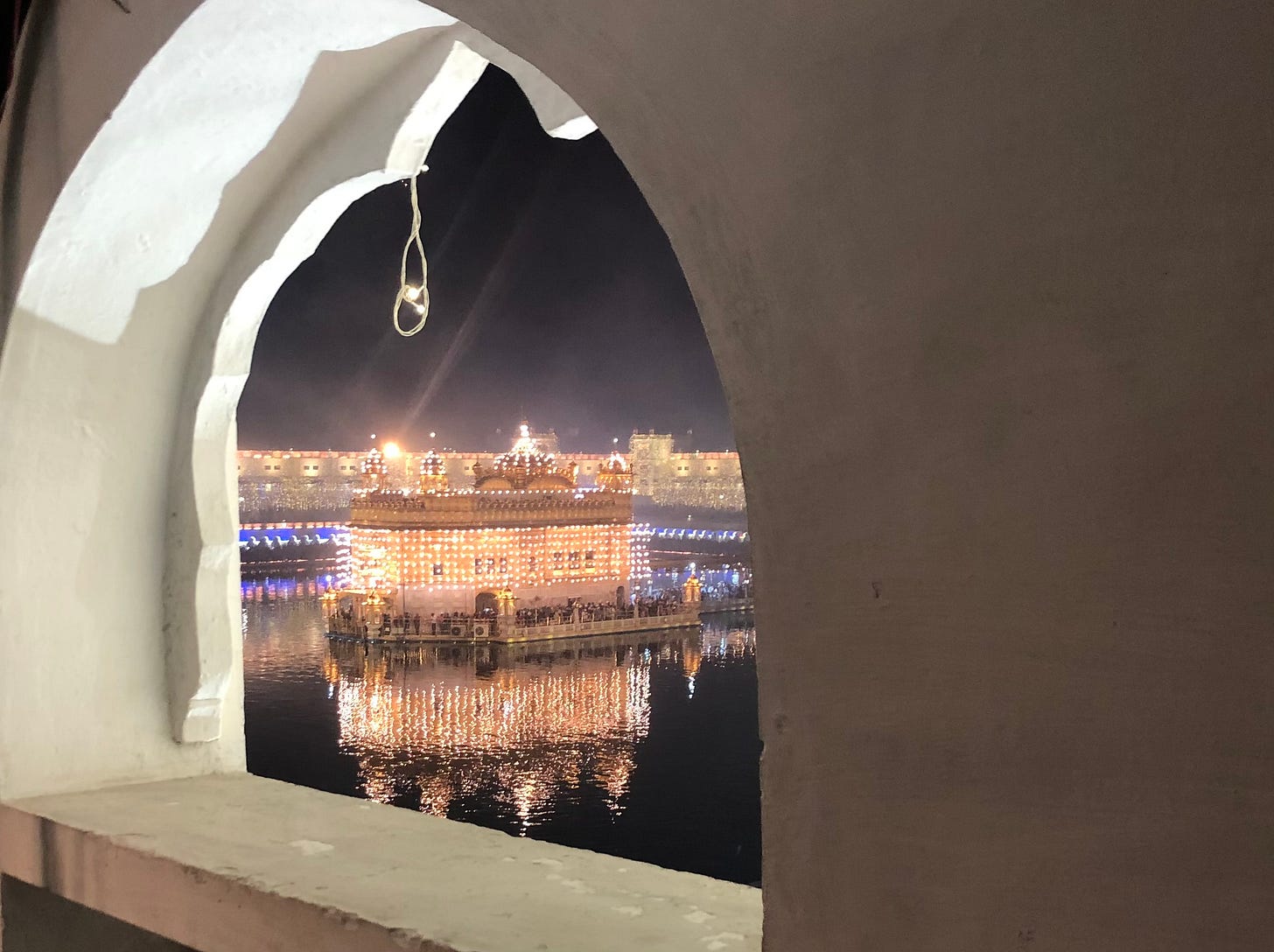
Summing up and the Way Forward
If India stands united today—geographically, culturally, and spiritually in the complex realm of Hinduism—it owes an immense debt to the epic tales of Lord Krishna and Lord Rama. These deities, immortalised in the Mahabharata and Ramayana respectively, serve not merely as spiritual beacons but as cultural unifiers whose impact extends well beyond their original geographies. It's somewhat disheartening that we, the "People of India," seldom discuss this crucial aspect of our history and heritage.
Lord Krishna's tale welds the west to the northeast, transcending contemporary state lines, while Lord Rama's journey from the Ganga plains to Tamil Nadu, and finally into Sri Lanka, serves as a cultural and a sovereign corridor that binds the north to the south. It's not just about folklore; these narratives have left an indelible impact on the nation's collective consciousness. They have been internalised over millennia, giving form to what is now referred to as "Akhand Bharat," or undivided, rather indivisible, India.
Interestingly, this immutable idea of an undivided India persists despite the wrenching Partition of 1947. While political boundaries might have been redrawn, the spiritual geography of the land remains intact, a testament to its resilience and the enduring vision of unity. Article 1 of the Indian Constitution articulates this sentiment succinctly: "India, that is Bharat, shall be a Union of States." Here, the use of both 'India' and 'Bharat' symbolises a confluence of modernity and tradition, a harmonic blend that remains at the core of the nation's identity.

As we move forward, it's imperative that we conserve and disseminate this rich legacy and intricate unity. The global community has much to gain from this wellspring of ancient wisdom, especially in a time when societal divisions are increasingly becoming the norm. Our efforts should not be limited to simple preservation; rather, we should actively integrate these epic tales into the social and cultural weave of present-day India, historically known as Bharat—a name now officially and unapologetically endorsed by the Modi Government. This goes beyond mere historical or spiritual curiosity; it acts as a blueprint for unity amidst diversity. The legacies of Lord Rama and Lord Krishna go beyond their scriptural origins to strike a chord in the hearts and minds of over a billion people, thereby laying the groundwork for a future that is united in history, geography, and spirituality, coalescing into the immutable concept of a unified nation—the "Akhand Bharat."

==================
REQUEST: If you enjoyed this article from 'The KBS Chronicle', we encourage you to share it with others who might also find it valuable.
Thank you for your support.
The Harihara War: Lord Vishnu vs. Lord Shiva
The Harihara War— an introduction In Hindu tradition, Lord Krishna and Lord Shiva stand as colossal figures, each commanding immense devotion. Yet, not many know of the Harihara War, where these revered deities were pitted against each other in battle. This article…






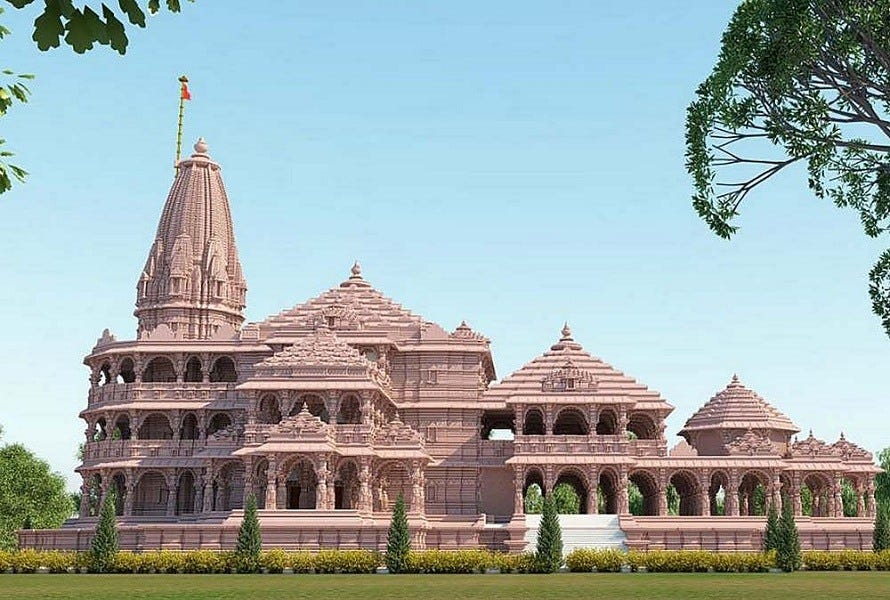
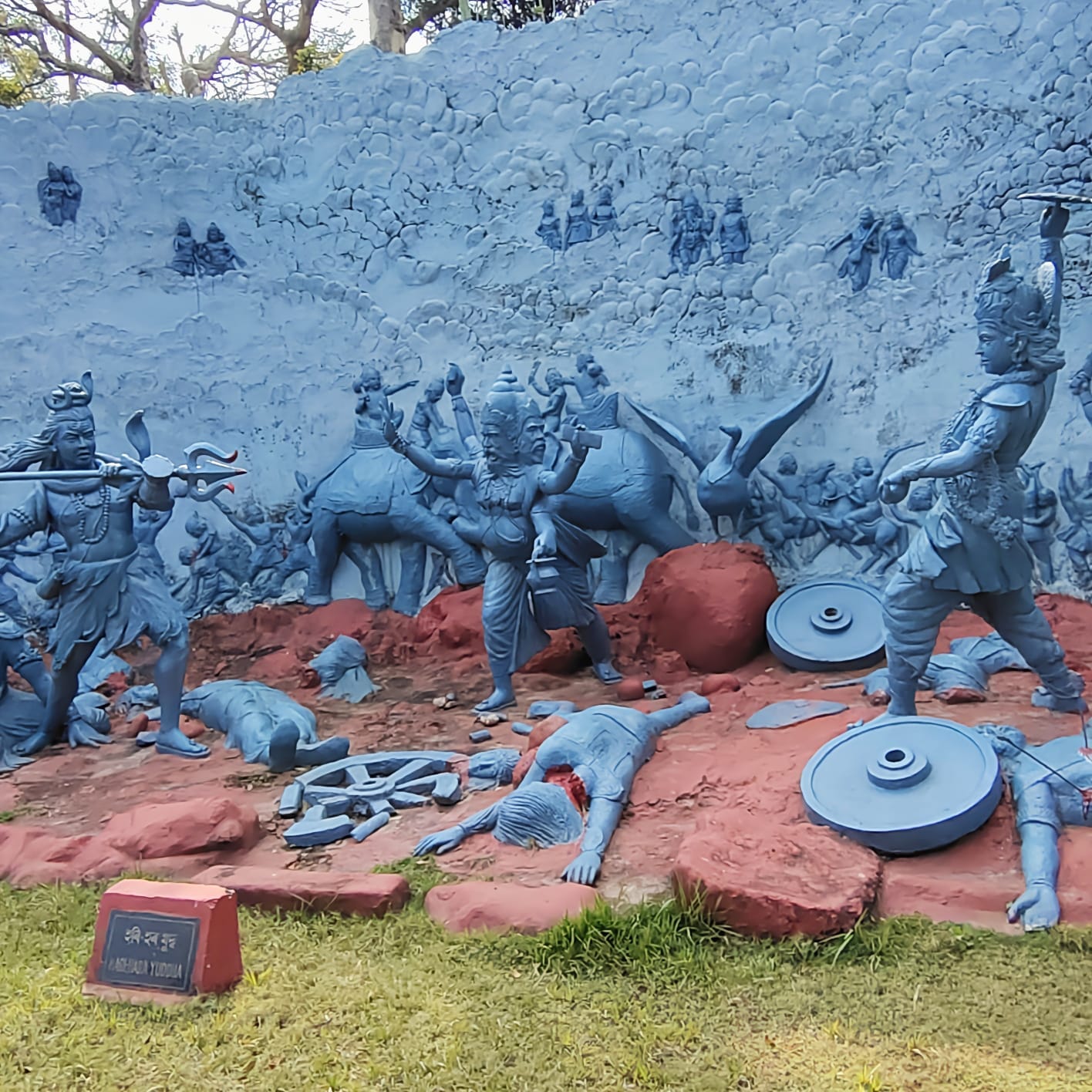
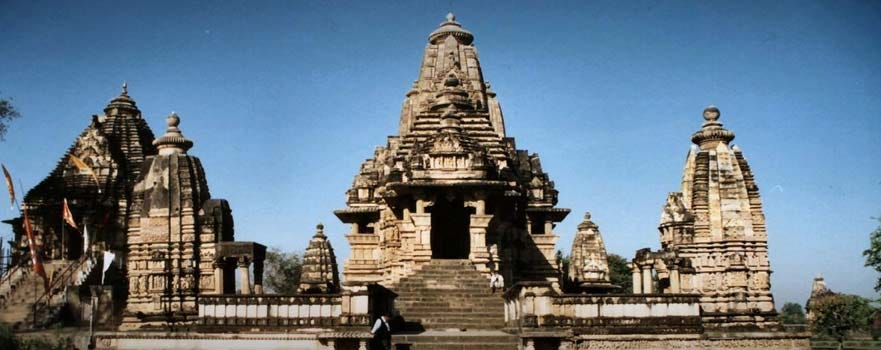
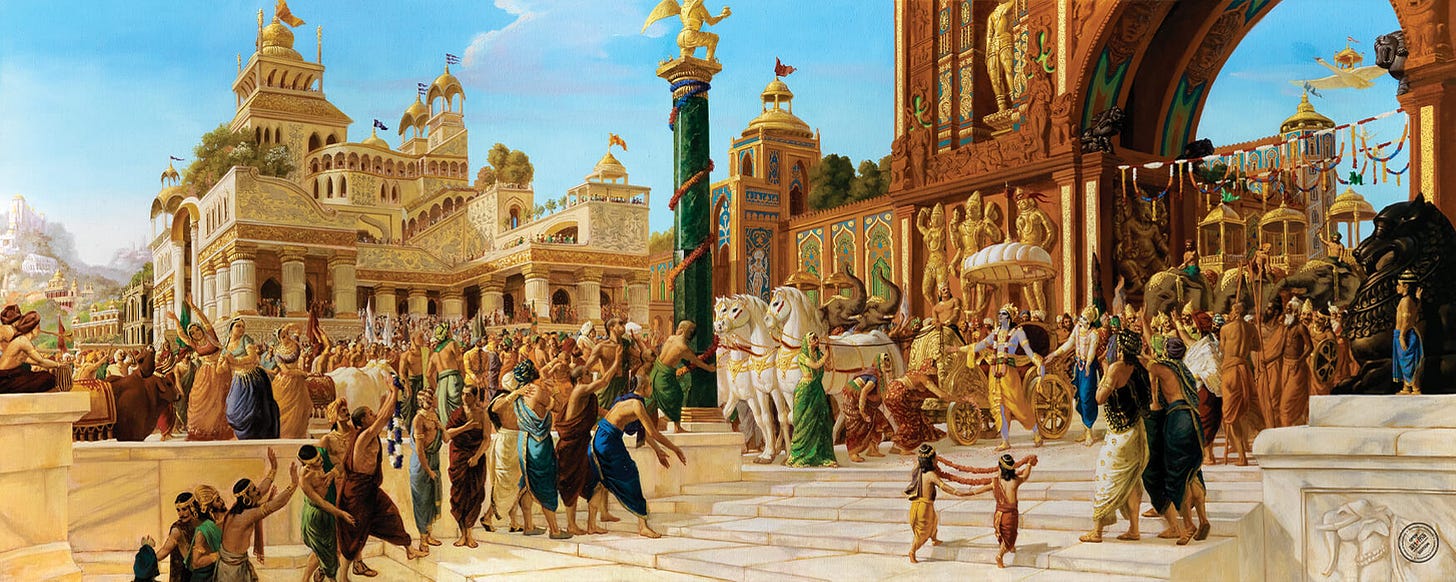
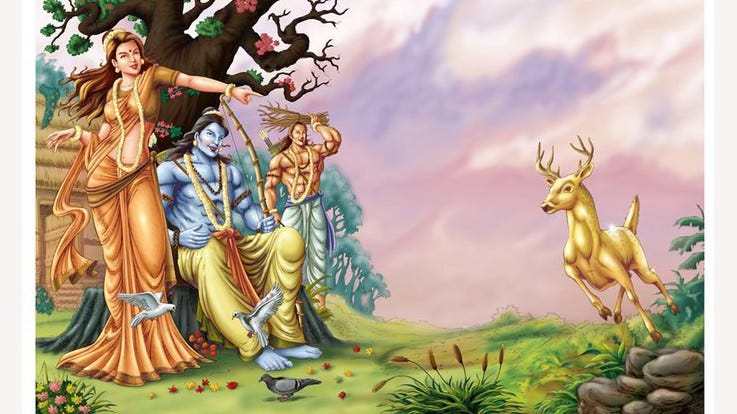
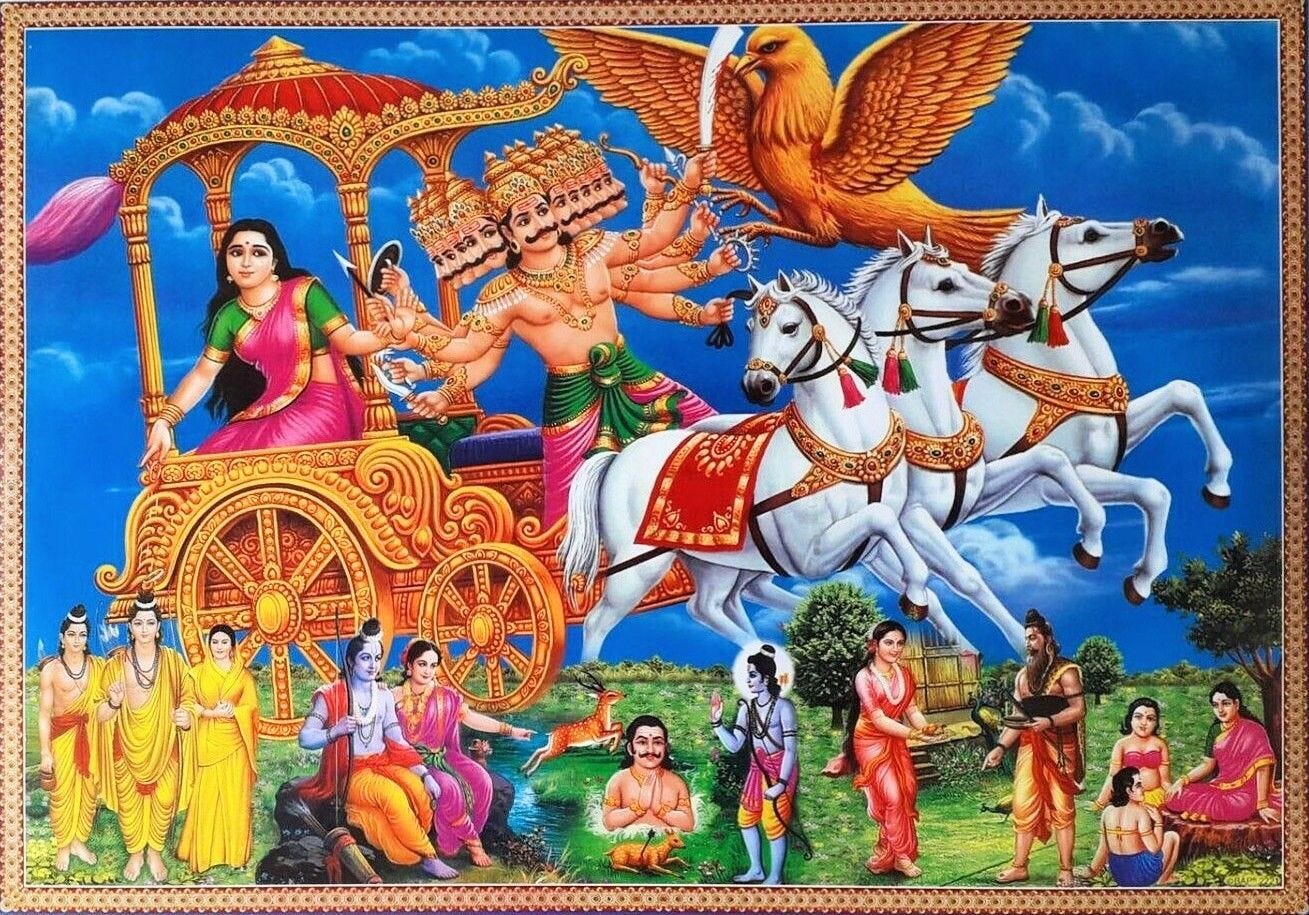
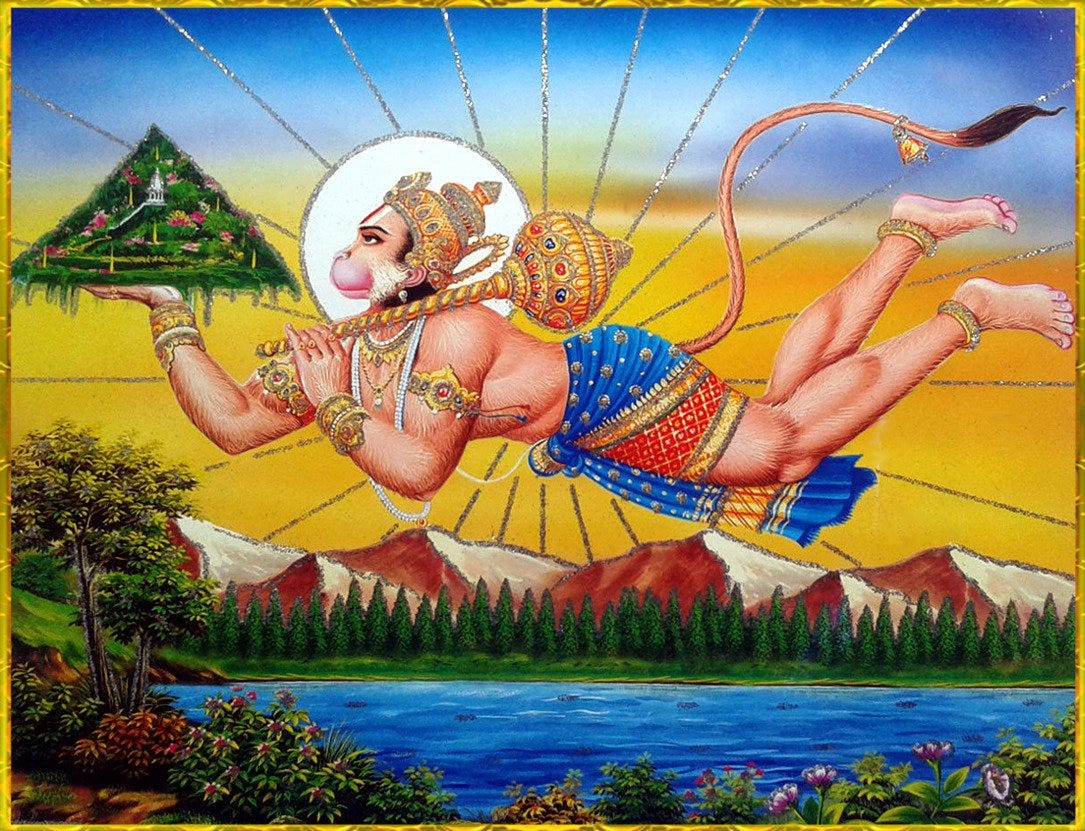
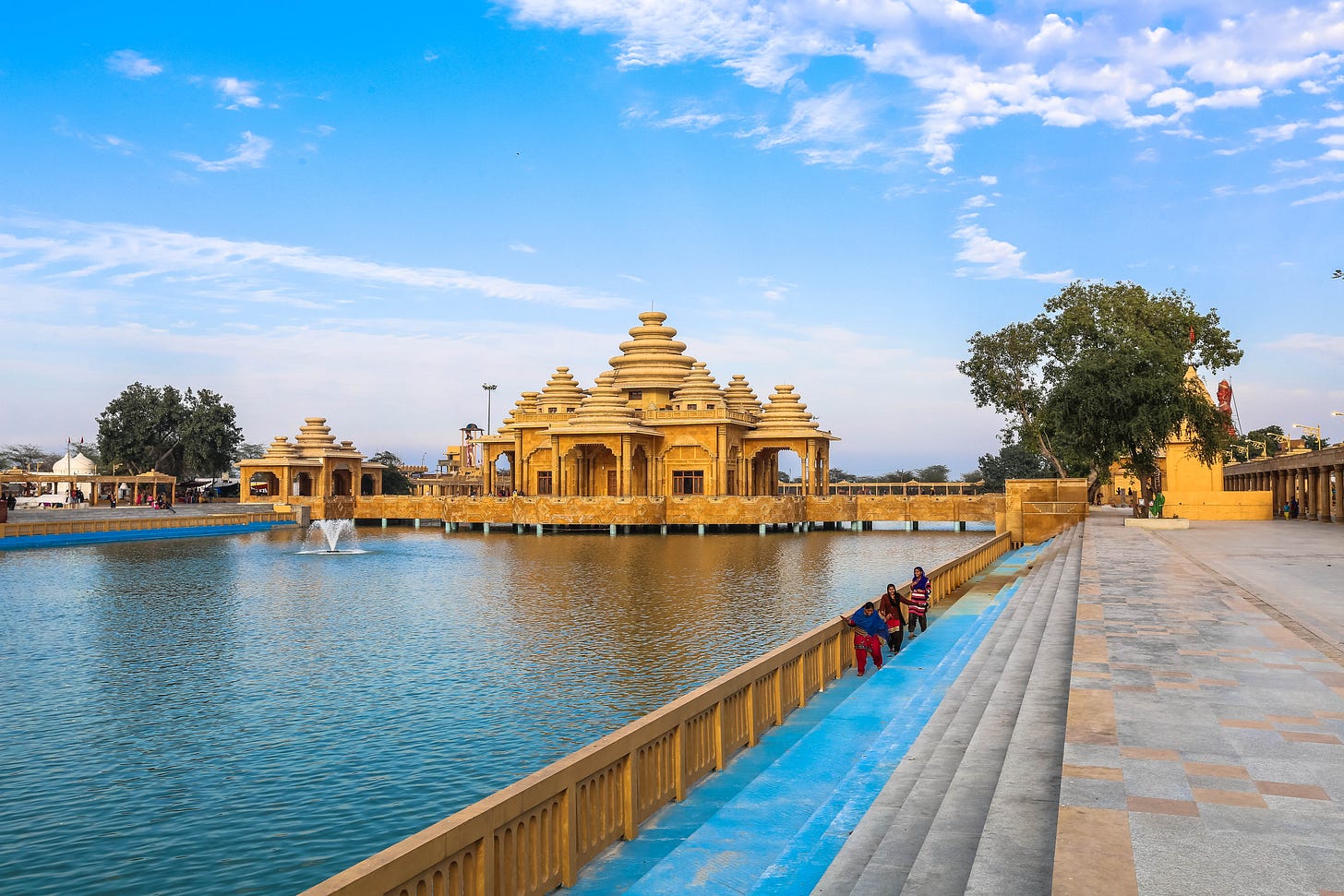
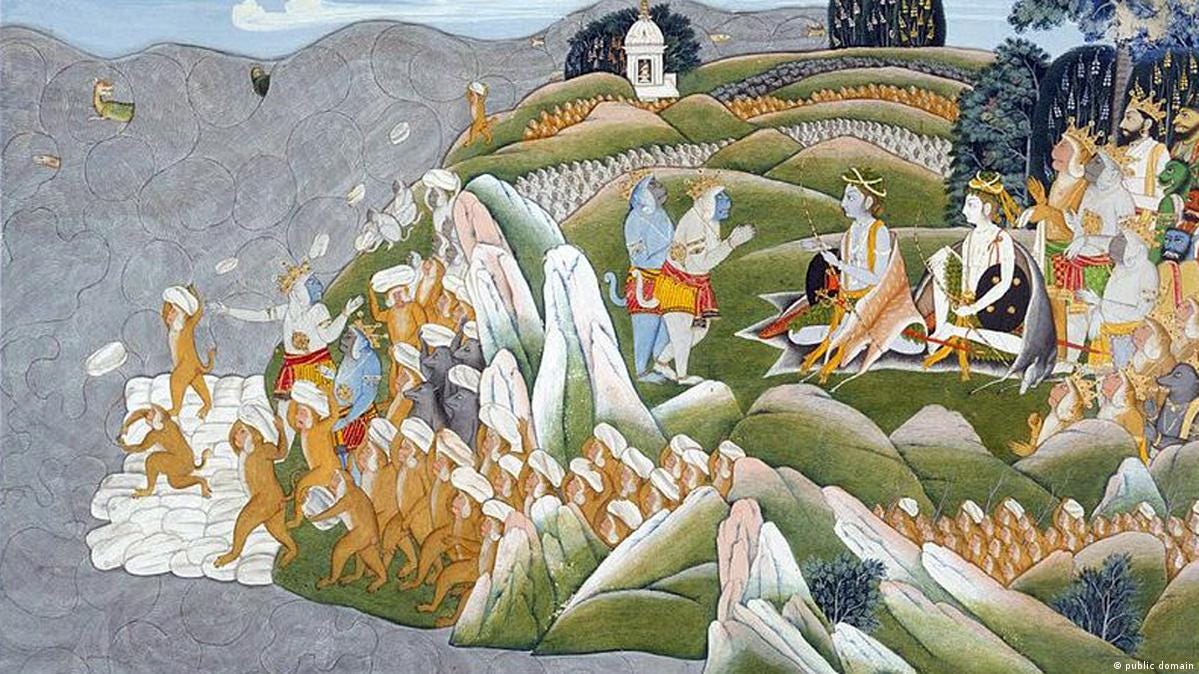
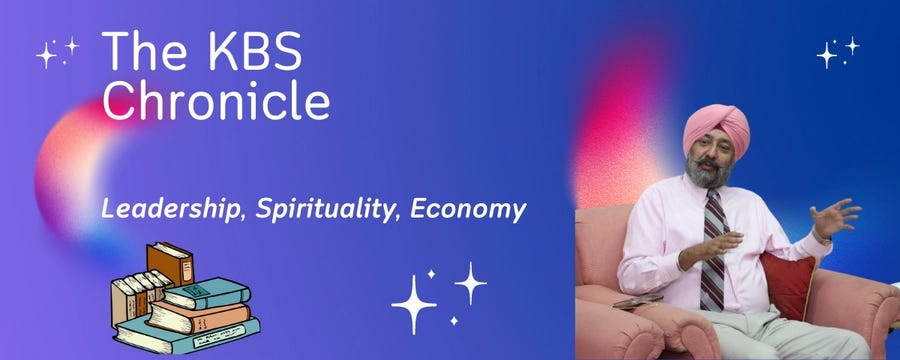

This article by Sardar KBS Sidhu, a retired senior IAS officer of the Chief Secretary rank from the Punjab cadre of 1984 batch, illuminates an oft-overlooked perspective. The piece on Lord Rama and Lord Krishna as architects of "Akhand Bharat" and unifiers of India is a seminal contribution to our understanding of Indian history and heritage. Although it lacks specific references, the writer's extensive research is evident in the articulation of ancient Indian literature and history.
It's intriguing that Hindutva protagonists haven't expanded their focus beyond the Veer Savarkar controversy. Both of these revered deities are universally accepted across various communities in the Indian subcontinent. One wonders why the Hindu Religious Board RSS hasn't capitalised on this idea to create "Krishna Marg" and "Ram Marg" as pilgrimage routes with meditation transit points. This initiative could serve multiple purposes: religious observance, heritage tourism, and even political advantage.
Instead of sowing seeds of communal division, a move like this could help inculcate the moral teachings of these deities, thereby benefiting society. It offers an opportunity to write a fresh, unifying chapter in history, instead of merely revisiting or, worse, erasing existing ones. I salute Sardar KBS Sidhu for his breadth of knowledge that spans history, literature, science, economics, art, culture, and inter-faith dialogues. 🙏🙏🙏
What a vivid picture of our rich culture 👍